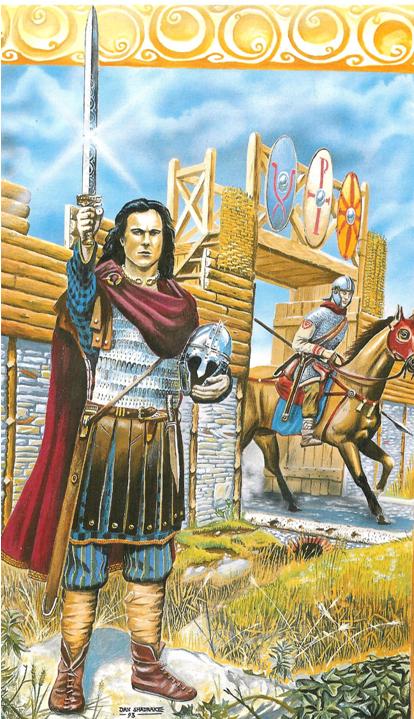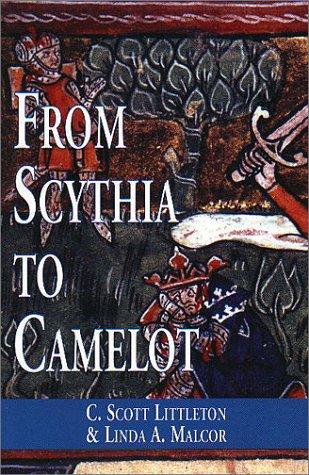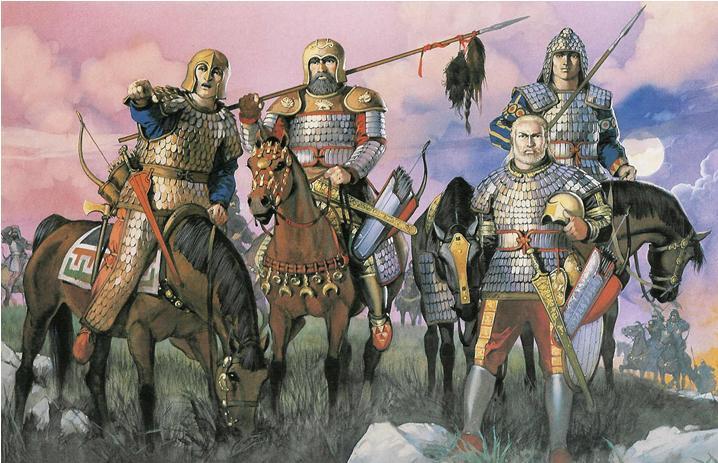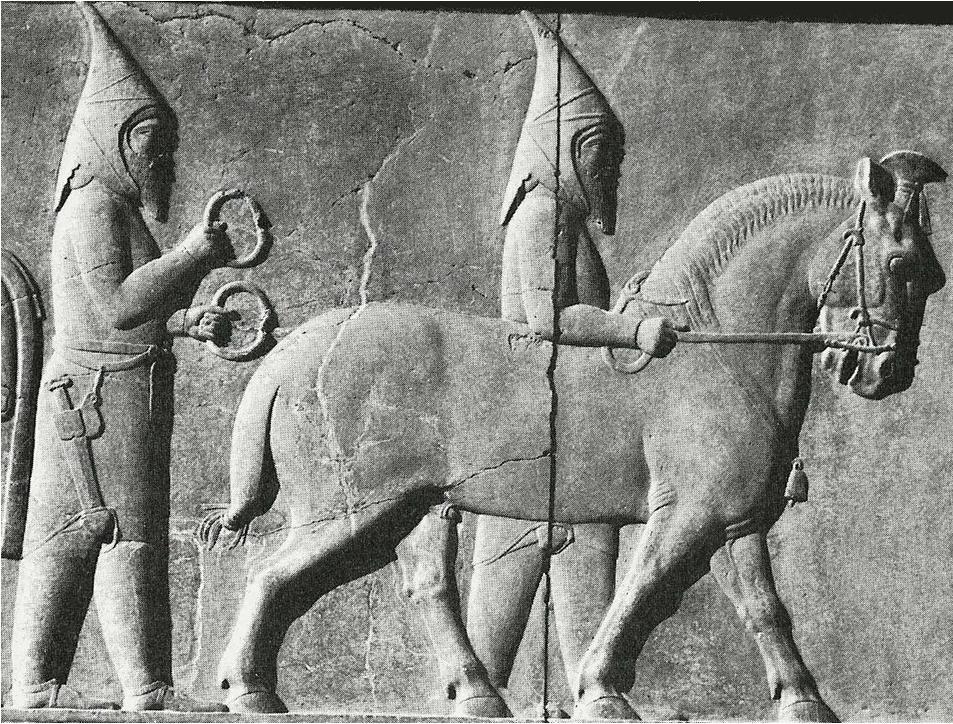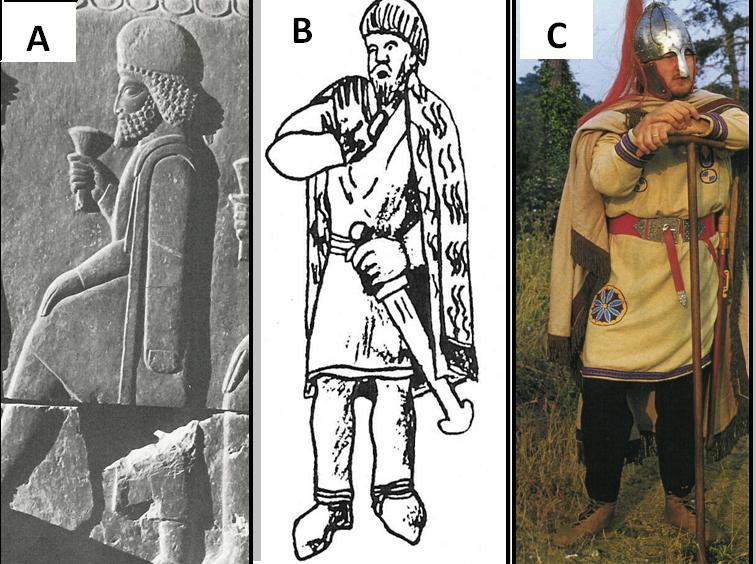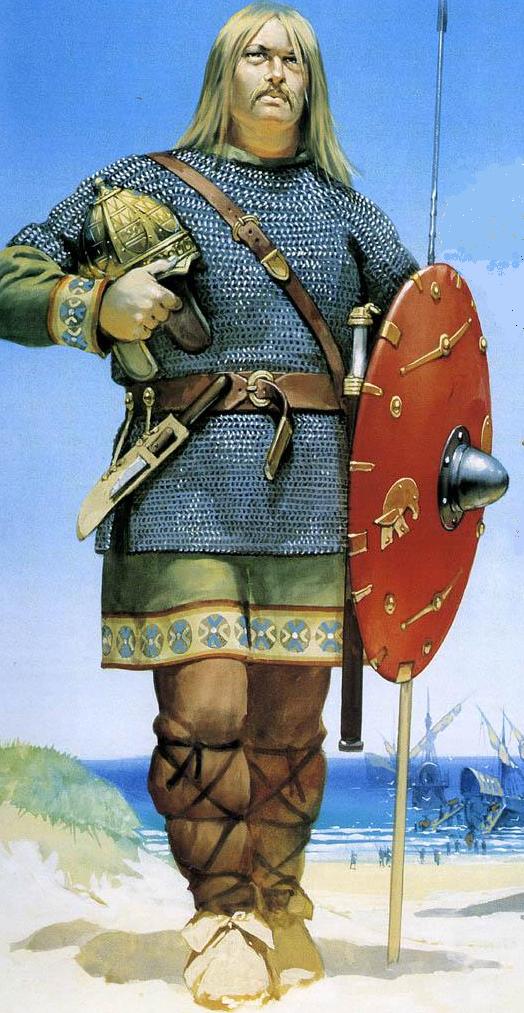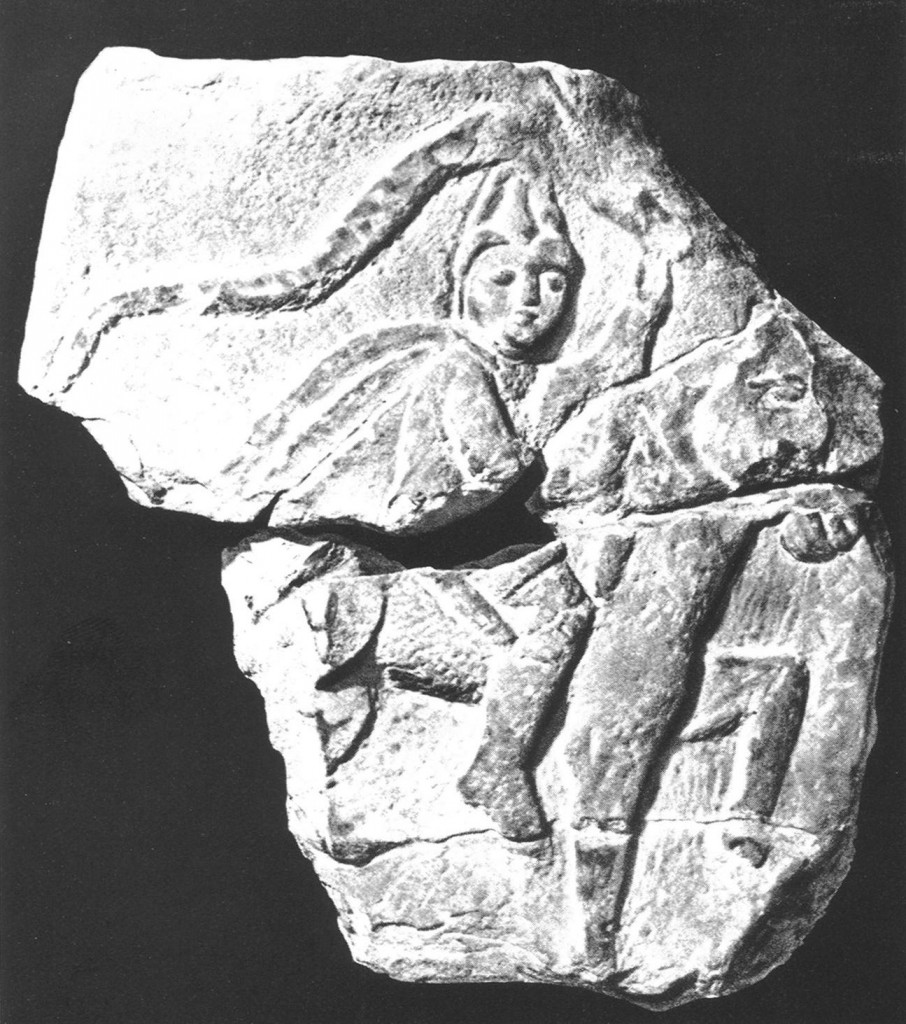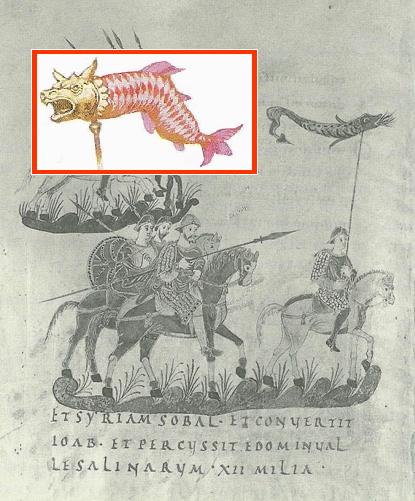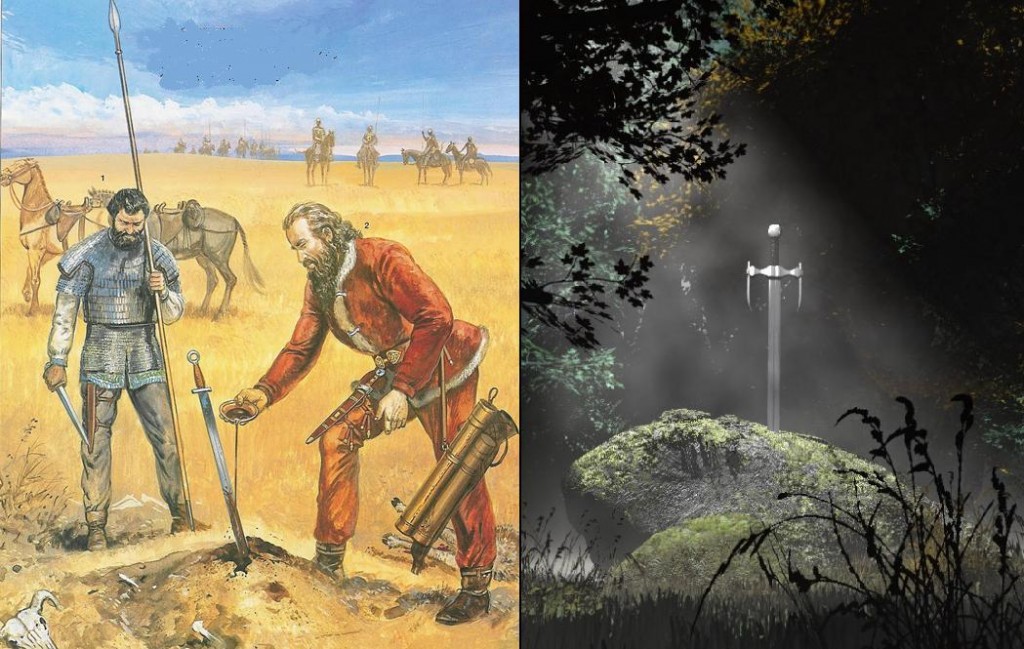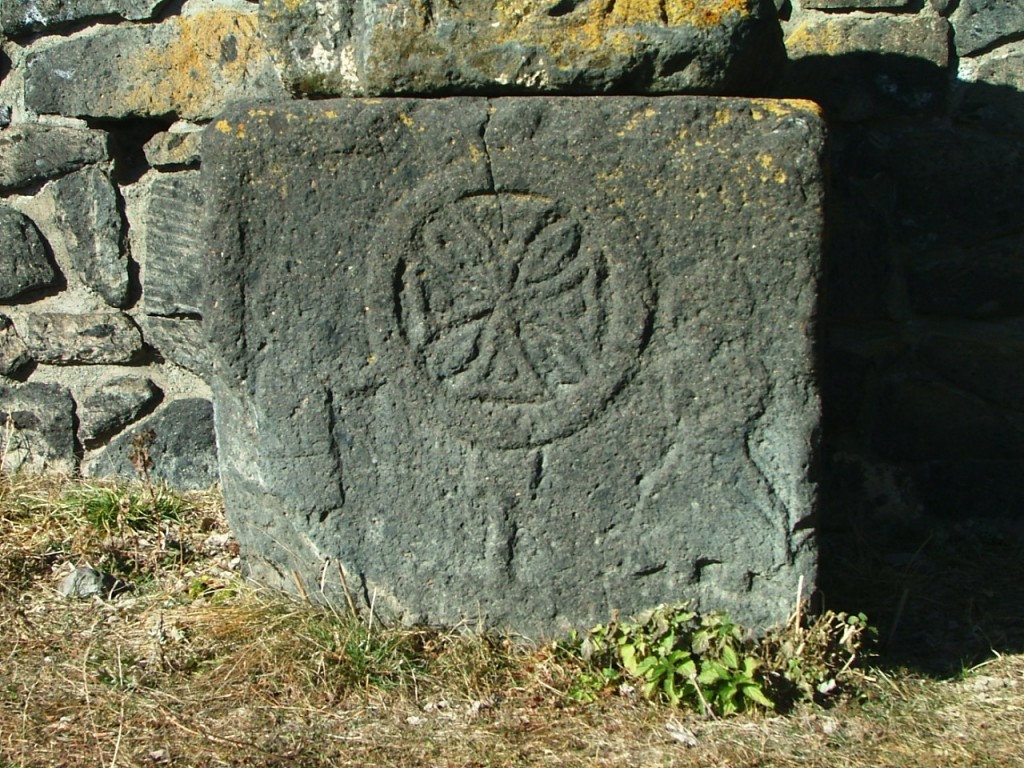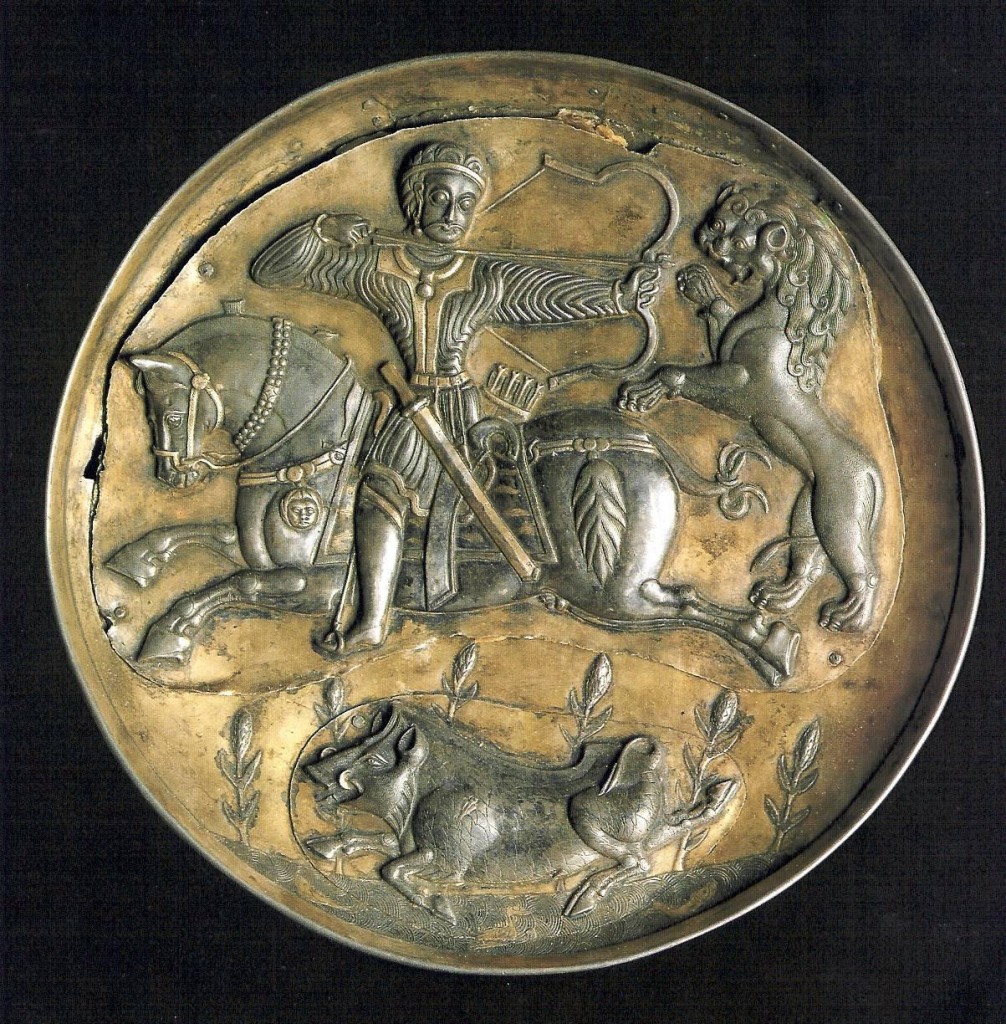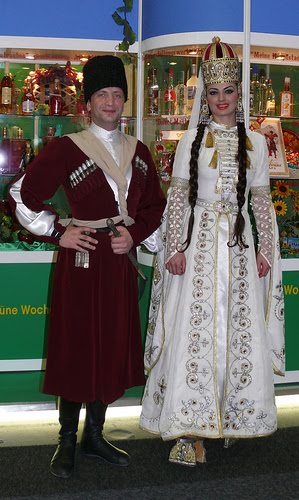The article below by Helmut Nickel was originally published by the New York Metropolitan Museum of Art in 1975. Readers can download the original article in pdf:
Kindly note that numbers of pictures inserted into the Helmut Nickel article below are from Kaveh Farrokh’’s lectures at the University of British Columbia’s Continuing Studies Division and Stanford University’s WAIS 2006 Critical World Problems Conference Presentations on July 30-31, 2006). All of the pictures and accompanying descriptions were displayed for students in Kaveh Farrokh’s Fall 2011 course at the University of British Columbia’s Continuing Studies Division entitled “Persia’s Silent Legacy in European Culture and Christianity” which was first offered in the summer semester of 2011 at the university.
For readers who have further interests in the history of chivalry and east-west cultural ties, kindly consult:
Arthurian and European Culture and Ancient Iran (Eire-An)
Persian readers may find this site of interest as well:
–جوانمردی، پهلوانی و عیاری-Iranian Tradition of Military Code, Pahlavani and Chivalry
Before reading Nickel’s article below, readers are also invited to consult the following book by Professors C. Scott Littleton and Linda A. Malcor entitled: “From Scythia to Camelot: A Radical Reassessment of the Legends of King Arthur, the Knights of the Round Table, and the Holy Grail (Arthurian Characters and Themes) ” – see review by Professor Victor H. Mair.
====================================================================
The horseman, mastering a beautiful animal and towering over the man walking on his own feet, had a traditional sense of superiority and felt little more than contempt for the digger of the soil. In primitive societies,when the horseman was a herder, the two life styles that of nomadic herdsman and peasant behind his plough were considered mutually exclusive. This age old antagonism showed itself even as late as the range wars of the American West, when cowhands fought homesteaders. On the more romantic side, the dashing horseman made a deep impression on those outside of his culture. The centaur, the Amazon warrior-maiden, the Hun, the Tartar of the Golden Horde, the medieval knight in shining armor, the Saracen, the dazzling Napoleonic hussar and cuirassier, the Plains Indian and the cowboy under the “big blue sky,” all were looked upon with a mixture of awe and a delicious shudder that became greater the more remote they became in time and distance.
A reconstruction of the ancient Iranian-speaking Saka Paradraya (Old Persian: Saka beyond the Sea) or the Scythians of ancient Ukraine. The Scythians, who were akin to the Persians and the Medes of ancient Iran or Persia, were to transmit much of the mythology, technology and arts of ancient Iran to the European arena (Picture used in Kaveh Farrokh’s lectures at the University of British Columbia’s Continuing Studies Division.
The horsemen par excellence of classical antiquitywere the Scythians, who lived on the plains north of the Black Sea beyond the borders of Greek civilization. Roaming the steppes east of the Scythians, were tribes that Herodotus called the Sauromatae, who were thought to be the offspring of Scythians and Amazons. Later, in Roman times, called the Sarmatians, they showed up in the west-as the first heavy armored cavalry (cataphraclarii) in Europe.
[CLICK TO ENLARGE] Saka Tigra-khauda (Old Persian: pointed-hat Saka/Scythians) as depicted in the ancient Achaemenid city-palace of Persepolis. It was northern Iranian peoples such as the Sakas (Scythians) and their successors, the Sarmatians and Alans, who were to be the cultural link between Iran and ancient Europe (Picture used in Kaveh Farrokh’s lectures at the University of British Columbia’s Continuing Studies Division.
When the Huns came from Central Asia and in A.D. 375 shattered the Ostrogothic Empire that had been established in the former lands of the Scythians, agricultural Germanic tribes Goths, Burgundians, and the much-maligned Vandals as well as nomadic tribes f corn the steppes, such as the Alans, cousins of the Scythians and Sarmatians, were driven from their eastern homes and set adrift westward. The uprooted Germanic warriors successfully adopted the nomads cavalry equipment, and from the blending of the two cultures emerged what became a fundamental concept of the medieval world, chivalry.
[CLICK TO ENLARGE] The Iranian Kandys cape and its legacy in Europe (click to enlarge). (A) Medo-Persian nobleman from Persepolis wearing the Iranian Kandys cape of the nobility 2500 years past (B) figure of Paul dressed in North Iranian/Germanic dress from a 5th century ivory plaque depicting the life of Saint-Paul (C) reconstruction by Daniel Peterson (The Roman Legions, published by Windrow & Greene in 1992, p.84) of a 4th-5th century Germanic warrior wearing Iranian style dress and the Kandys. The Iranian Persepolis styles of arts and architecture continued to exert a profound influence far beyond its borders for centuries after its destruction by Alexander (Pictures used in Kaveh Farrokh’s lectures at theUniversity of British Columbia’s Continuing Studies Division.
In 378 the Gothic-Alanic cavalry wiped out a Roman army at Adrianople, a victory that heralded the dominance of the heavy armored horseman on the medieval battlefield. Groups of Alans set themselves up as local aristocracies in Hort hem Spain ( Catalonia : Goth-Alania ) and northern France ( Alenon ) . Chivalry developed into its final form when another wave of Germanic warriors, the Normans, came to northern France and took up the horsemanship of the Alanic gentry. (The Battle of Hastings, in 1066, was decided by the time honored nomad tactic of feigned retreat, executed by the left wing of the Norman cavalry commanded by the Count of Brittany, who had the telltale name Alan the Red.)
[CLICK TO ENLARGE] Iranian-speaking Alan warrior circa 5th century AD. The descendants of the Alans are found in the Caucasus as well as in the old Iranian province of Ard-Alan (Royal House of Alan) in western Iran. The legends of the Alans are recalled in the Kurdish folklore epic “Memi-Alan o Zhin e Bohtan” (Painting by Angus McBride; Picture used in Kaveh Farrokh’s lectures at the University of British Columbia’s Continuing Studies Division.
By the first century the Sarmatians had moved from their homeland between the Black and Caspian seas to the banks of the Danube, where they clashed with outposts of the Roman Empire. In 175 the emperor Marcus Aurelius made a treaty with the westernmost Sarmaflan tribe, the lazyges, who occupied Pannonia, today’s Hungary, and hired 8,000 of them to serve in the Roman army. Fifty five hundred lazyges cavalrymen were sent to northern Britain to fight the troublesome Picts. After their twenty-year term of service expired, they were not permitted to return home but were settled in Bremetennacum, the modern Ribchester in Lancashire, where their descendants were still listed in the fifth century as “the troop of Sarmatian veterans” (see Figure below).
Sarmatian warrior clad in scale armor. Fluttering behind him is the distinctive Iranian battle standard, a dragon made like a windsock. Fragments of a funeral stele from the Roman camp at Chester, England. Chester Museum. Photo: Chester Archaeological Society. From The Sarmatians (New York, 1970), pl. 46.
As the first heavy armored cavalry in western Europe, the Sarmatians wore segmented helmets and scale bodyarmor; even their horses were protected by scale covers and bronze studded leather chanfrons. For their distinctive battle standard, Sarmatian troops carried a dragon made like a windsock on a pole; it had a metal head and a red fabric body that writhed when the wind blew through its jaws.
A depiction of Geoffrey of Monmouth’s Historia Regum Britanniae and Sir Thomas Mallory’s Le Morte d”Arthur. Note the windsock carried by the horseman (Farrokh, Shadows in the Desert: Ancient Persia at War, 2007, p.171) – this item was bought from the wider Iranian realm (Persia, Sarmatians, etc) into Europe by the Iranian-speaking Alans. The inset depicts a reconstruction of a 3rd century AD Partho-Sassanian banner by Peter Wilcox (1986).
The Sarmatians worshiped their tribal god in the form of a sword stuck upright into a small stone platform. These details may resemble uncannily some of the more familiar motifs from the stories surrounding King Arthur, and it is interesting to note further that the commander (praejeans) of the Legio VI Victrix, to which the Sarmatian auxiliaries in Britain were assigned, was a certain Lucius Artorius Castus, who had served in Pannonia.
[CLICK TO ENLARGE] (left) A reconstruction by Brzezinski and Mielczarek (2002 ) of Iranian-speaking Sarmatian warriors paying their respects to a fallen comrade in Europe (circa 1st century AD) – note the ritual of thrusting the fallen comrade’s sword into the earth. At right is a screenshot of the Excalibur sword of King Arthur thrust into the stone (Movie “Excalibur“, 1981, John Boorman). This is one of many parallels between the Arthurian legends and the mythologies of the ancient Iranians (Pictures used in Kaveh Farrokh’s lectures at the University of British Columbia’s Continuing Studies Division).
The Sarmatians undoubtedly welcomed a commander familiar with their homeland, perhaps even their customs and language; possibly they turned his name, Artorius, into a title the way Caesar became Kaiser and Tsar. During the fifth century, when the “historical” Arthur is supposed to have lived, this title might have been used by a great British chieftain. In addition, the earliest source that mentions Arthur, the Historia Brz.tonum of Nennius shortly before 800, gives three citynames in a list of twelve battles won by Arthur, and all three (one of which seems to be an abbreviated form of Bremetennacum) were garrisons of Sarmatians or heavy armored cavalry in Roman times.
[CLICK TO ENLARGE] A reconstruction by Shadrake of the historical Arthur who was a Roman commander known as Lucius Artorius Bastus (circa 175 CE). Artorius was the original commander of the first Sarmatian contingents that settled in England . These Sarmatians who were originally settled in Pannonia (ancient Hungary) were sent to England by Roman Emperor Marcus Aurelius.
An integral part of chivalry was chivalrous literature, especially the Arthurian legends. Judging from nomads in historical and modern times, it can be assumed that the early Scythians, Sarmatians, Alans, and Huns possessed a highly developed epic tradition (since it was oral, the term “literature” is not quite fitting) . In fact, the great western European epics, the Nibelungen and Dietrich cycles and the Arthurian legends, were composed around heroes who lived during the fifth century, the period of the greatest influx of steppe nomads into western Europe.
[CLICK TO ENLARGE] The Surp Neshan Basilica (4th Century AD) near Abaran in the Republic of Armenia. The Surp Neshan is akin to ancient Iran’s Drafsh e Kaviani (banner of Kaveh) which has ties to the Pagan Celtic Cross (Irish), the medieval Crusader Cross of the Teutonic Knights and the German Iron Cross …READ MORE…
Among the gold plaques from the Siberian collection of Peter the Great are two pairs with human representations. One pair shows a rider pursuing a boar; the other ( see Figure below) a woman sitting under a tree with a man stretched out resting his head in her lap, while two horses and a groom stand by. This idyllic scene has been recognized as a distinctive motif appearing in the medieval legend of St. Ladislav of Hungary, in the Hungarian folk ballad Ana Molna’r, and in the ancient Turkish epic about the hero Targhyn (whose name has the same root as Pendragon) . In western Europe this motif is featured in Ekkehard of St. Gall’s epic poem Waltharius (about 940) , in Wolf ram von Eschenbach’s Parzival ( about.1 200) , and in Sir Thomas Malory’s Sir Edlin and Sir Balan (about 1470, after French sources of about 1 250) .
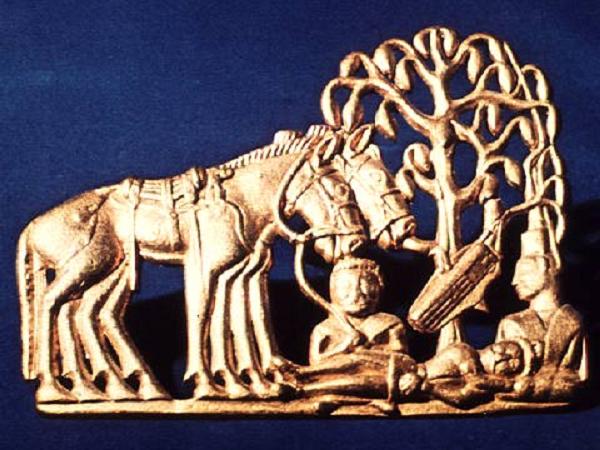 Warrior resting (probably a scene from a legend), plaque. Gold, length 16.2 cm. (638 in.). Siberian collection of Peter I. Hermitage, Si 1727, 1/161. (Cat. no. 95, color plate 21).
Warrior resting (probably a scene from a legend), plaque. Gold, length 16.2 cm. (638 in.). Siberian collection of Peter I. Hermitage, Si 1727, 1/161. (Cat. no. 95, color plate 21).
Waltharius, fleeing f corn the Huns who had held him hostage, is armed “in the manner of the Pannonians” with two swords (which might explain why these gold plaques, originally scabbard mounts, are in pairs) , and both Arthurian heroes, Parzival and Sir Balin, carry two swords. (After Sir Balin’s death one of his swords is stuck into a marble block by Merlin.) Furthermore,Parzival and Sir Dalia are heroes connected with the quest for the Holy Grail, the sacred vessel that inspired visions of bliss, and it is intriguing that the Scythians and the Siberian nomads, as we have learned from their f cozen tombs-used special cauldrons to burn hashish on hot stones and inhaled the f umes, according to Herodotus, “shouting f or joy.”
The other scene on the gold plaques,the boar hunt, brings to mind Arthur’s earliest supernatural adventure, reported by Nennius, the hunt for the boar Trwch Troynt.
[CLICK TO ENLARGE] A post-Sassanian prince, Pour e Vahman, engaged in a royal hunt of boars and lions. The ancient Iranian practice of the Royal Hunt, especially in the hunting of boars and lions, is one of many Near Eastern traditions that have parallels in European culture and mythology. Hermitage Museum, St. Petersburg, Inv.S-247 – Picture used in Kaveh Farrokh’’s lectures at theUniversity of British Columbia’s Continuing Studies Division.
Finally, the story of the sword Excalibur (which at Arthur’s death is thrown into the water after the knight entrusted with this task had hesitated twice to do so) has direct parallels in the epic of the death of Batradz, the tribal hero of the Ossetians of the Caucasus, and in the episode of the death of Krabat, included in a folk tale of the Sorbs of eastern Germany.
The Ossetians are the last surviving group of Sarmatian-speaking people, and the Sorbs, though now speaking a Slavic language, are an isolated group still bearing a Sarmatian tribal name. “Excalibur,” incidentally, in its earliest form “Caliburnus,” is dearly derived from the Latin word for steel, chalybs, which comes from a Greek word derived f corn the name of the Sarmatian Kalybes, a tribe of smiths in the Caucasus.
Modern-day Ossetians in traditional dress. The Ossetians of the Caucasus speak an ancient Iranian language akin to modern Persian and Kurdish. For more on the Ossetians see “An Introduction to the Iranian Speaking Ossetians (Ir-on) of the Caucasus” …

